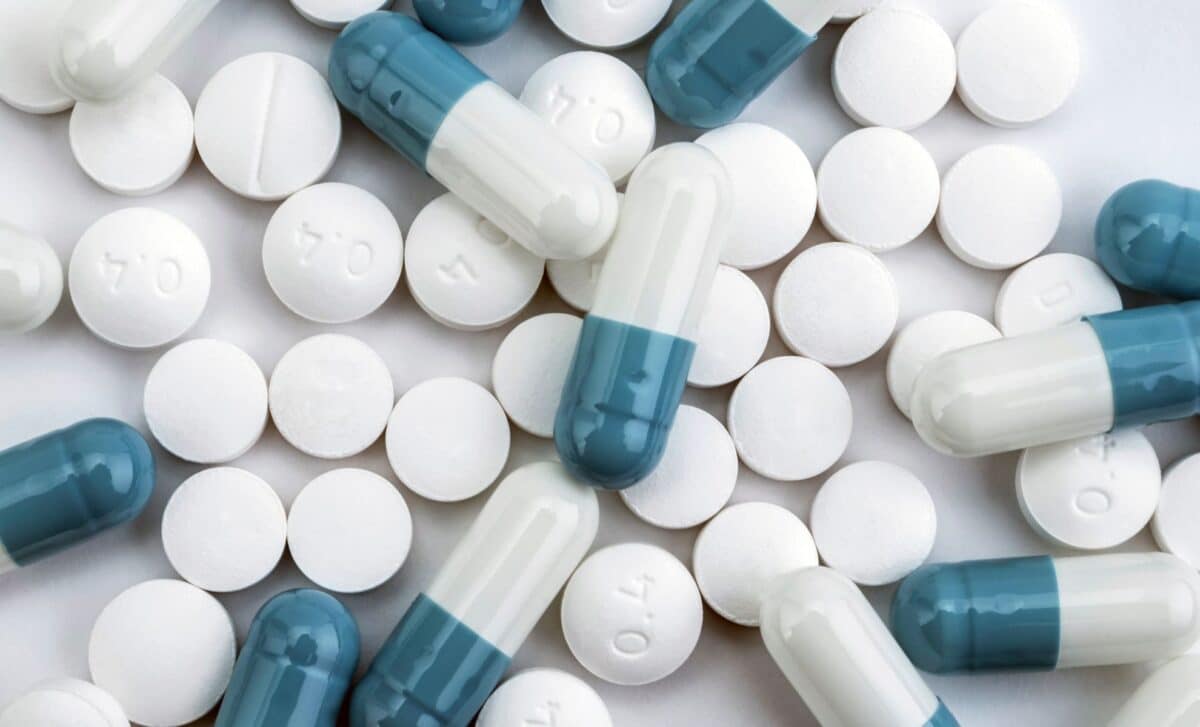President Donald Trump has signed an executive order designed to overhaul the way the United States produces and oversees its prescription drug supply.
The directive focuses on strengthening domestic manufacturing, reducing dependency on overseas suppliers, and addressing what the administration describes as a national security risk.
The new order, announced at the White House, directs the Food and Drug Administration (FDA) and the Environmental Protection Agency (EPA) to streamline domestic pharmaceutical production by simplifying approval processes and removing unnecessary regulatory barriers.
It also increases oversight and penalties for foreign producers who fail to meet U.S. standards.
US Targets Pharmaceutical Self-Sufficiency Amid Supply Chain Concerns
According to the White House fact sheet, the executive order aims to rebuild America’s pharmaceutical supply chain by increasing the country’s capacity to produce active pharmaceutical ingredients (APIs) and finished drugs domestically.
The government estimates it can currently take five to ten years to construct new manufacturing facilities in the US, a timeframe it describes as “unacceptable”.
Trump emphasized the national security implications of pharmaceutical reliance on other countries: “We don’t want to be buying our pharmaceuticals from other countries because if we’re in a war, we’re in a problem,” he stated during the signing. “We want to be able to make our own.”
To address this, the FDA has been instructed to reduce approval times for US-based pharmaceutical plants, offer early support to manufacturers, and eliminate what it calls “unnecessary requirements”.
In addition, the EPA has been directed to speed up construction approvals for drug-manufacturing facilities, ensuring infrastructure can come online faster.
Foreign Drug Producers Face Stricter Rules and Inspections
The executive order also imposes new burdens on foreign pharmaceutical suppliers. According to FDA Commissioner Marty Makary, the agency will begin conducting unannounced inspections of overseas production sites to align foreign oversight with domestic standards.
He noted that these changes are part of a broader effort to raise accountability and transparency within the global drug supply chain.
Furthermore, foreign facilities will face increased inspection fees and tighter enforcement regarding the disclosure of active ingredient sources. Facilities that fail to comply may be publicly listed as non-compliant, creating a reputational risk for international suppliers.
This move follows previous threats by the Trump administration to impose tariffs on pharmaceutical imports, which had largely been spared in earlier trade disputes.
Last month, the White House began investigating foreign pharmaceutical and semiconductor imports, citing their importance to national security.
According to federal data, the US currently imports more than $200 billion worth of prescription drugs annually, highlighting the scale of the shift required to bring a significant portion of that production back home.









